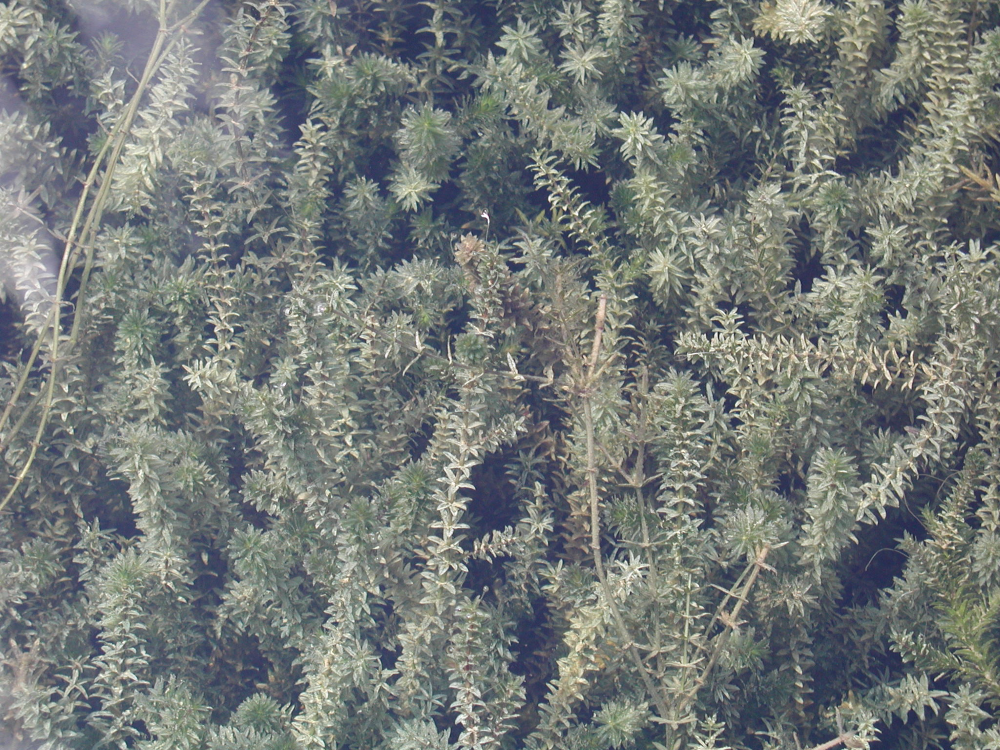City of Austin
FOR IMMEDIATE RELEASERelease Date: Jul. 14, 2025
Contact: Watershed Protection Department Media Line 512-974-1450 Email

Maintaining aquatic vegetation balance for a healthy lake
The City of Austin has been observing an increase of hydrilla on Lake Austin primarily in coves and backwaters downstream of Loop 360. Hydrilla is a non-native, invasive plant. It began reappearing in the lake in 2024. While still localized to a few spots, a vegetation survey by Texas Parks and Wildlife conducted in June shows that hydrilla is found in 74 acres or five percent of the lake.
To get ahead of the growth, the City of Austin will add approximately 350 sterile grass carp to Lake Austin later this week. This represents about five grass carp per acre of hydrilla, a conservative stocking rate. Grass carp feed on hydrilla.
When considering hydrilla, please keep in mind:
- Aquatic vegetation, including hydrilla, can benefit fish and water quality.
- Hydrilla can grow so fast that it becomes a problem for the environment and our community.
- Managing hydrilla is a complicated balancing act that takes time.
Hydrilla is an aquatic plant native to Asia that was introduced to the United States in the 1960s and first appeared in Lake Austin in 1999. At its peak in 2012 and 2013, it covered 500 acres, almost a third of the lake. City staff have learned much over the past 25 years and are proceeding with caution. The goal is to slow down the growth of hydrilla and reduce its density in the coves without having a negative impact on the lake’s environment. The City is acting now while the hydrilla is relatively contained.
Currently, hydrilla is not affecting use of the lake as a whole, and the overall vegetation level in the lake is appropriate to support aquatic life. Eurasian watermilfoil, water celery and various native pondweeds remain the dominant vegetation in the upper part of the lake. Grass carp prefers to eat hydrilla over these plants.
Austin residents and visitors can take the following steps to help prevent the spread of non-native species like hydrilla and zebra mussels:
- Clean, drain, and dry boats and gear before and after use
- Avoid swimming and boating through dense patches of underwater vegetation
- Don’t toss plant pieces back into the lake – State fines can be up to $2,000 per plant
Learn more about hydrilla and plant life in Austin's Lakes.
###
About Watershed Protection
The City of Austin Watershed Protection Department protects lives, property and the environment of our community by reducing the impact of flooding, erosion, and water pollution. Visit AustinTexas.gov/Watershed to learn more.

